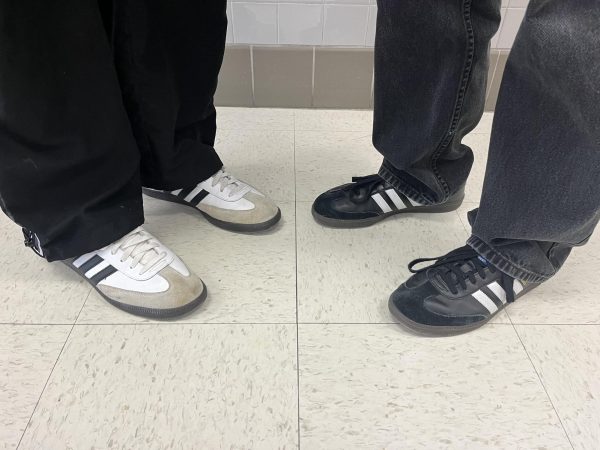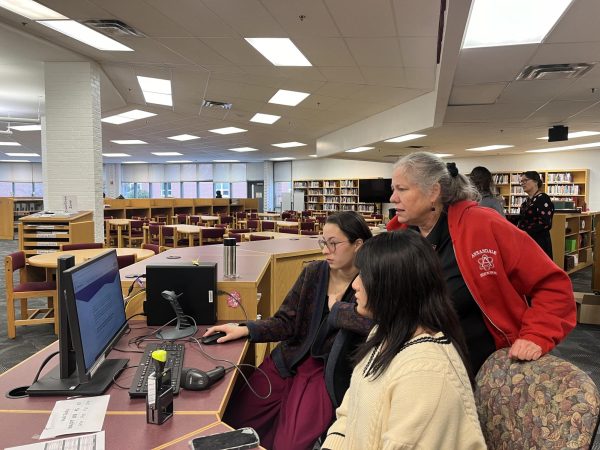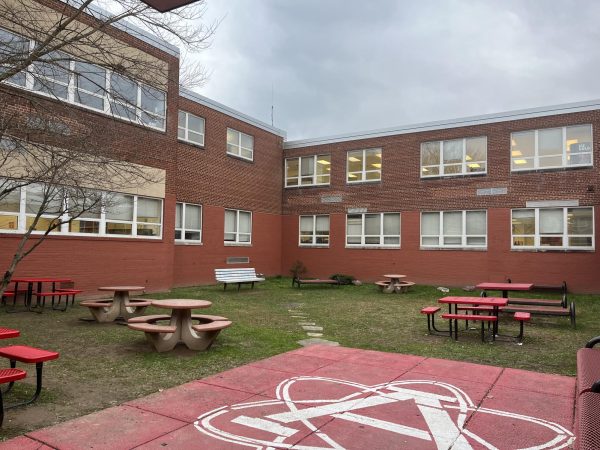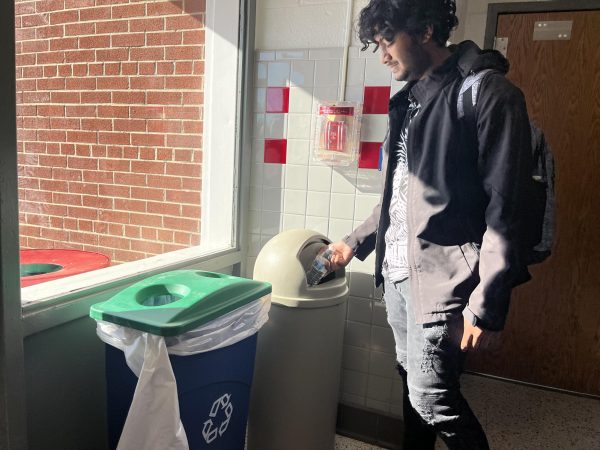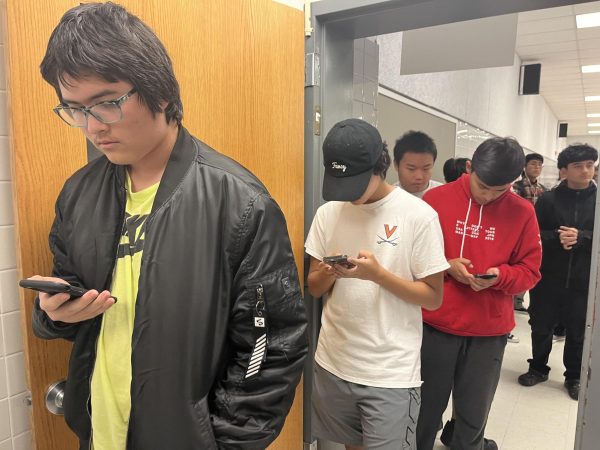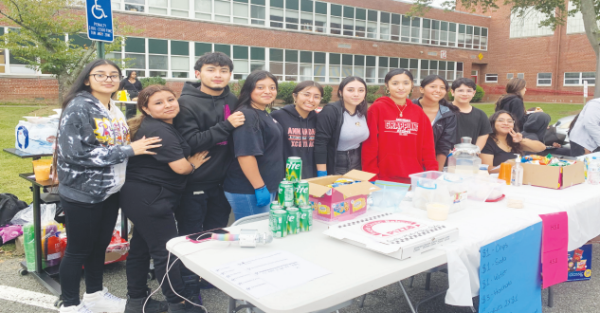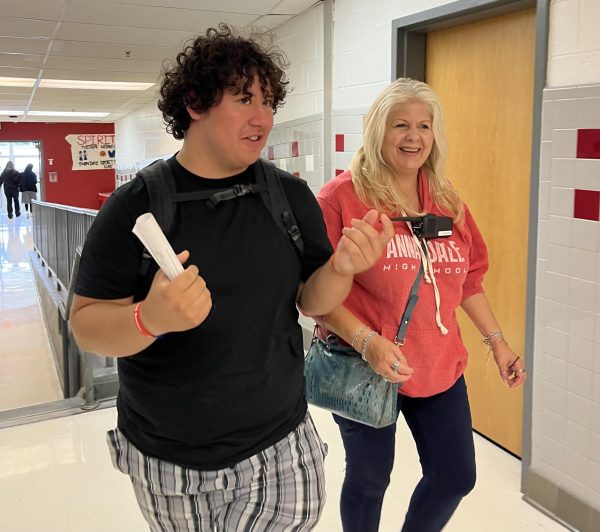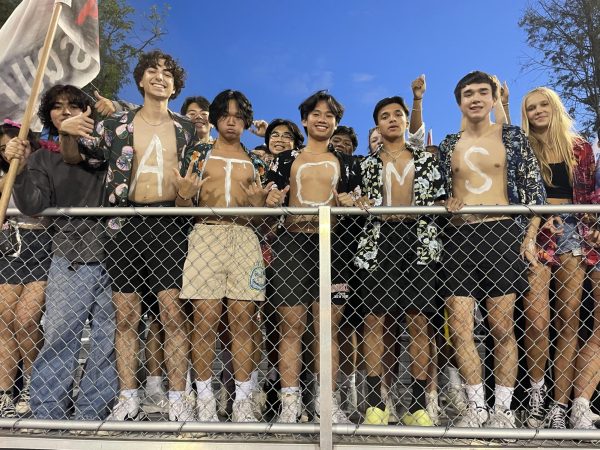From community college to the Ivy League
On Jan. 8, Obama proposed his plan to provide two free years of community college to responsible students.
Mr. Q, one of my high school teachers, would occasionally warn us, “You either perform on the exam or end up in the 13th grade – community college!”
I do not think he ever intended to insult the institution; his term attempted to poke fun at the open enrollment policy of community colleges which connote lack of quality.
While it is true that community college enrollment after high school currently implies a lack of alternatives, it does not have to be that way. As a community college transfer who is currently studying Computer Science at Columbia University (with years of work in-between the transfer), allow me to share another perspective.
With 68 percent of students taking over four years to graduate public universities (44 percent do not make it in six years), it is apparent that the “traditional” four year track is not for everyone – especially for individuals graduating high school within the middle 50th percentile (such as myself). Although the causes of these figures are complex, I am certain that class size, time, and maturity factor into the equation.
Community college provided the small class sizes I needed to succeed. Since most of my classes were held in classrooms instead of lecture halls, individual interaction with the instructor was natural, spontaneous intellectual discussions were common and personal connections were easy to develop. Sure, these characteristics are not unique to community college, but they are much more common there.
The flexibility offered by community college evening classes is difficult to match. Since I desired to work and sometimes intern full-time while completing general education credits, I was never in a scheduling predicament.
I invested my time developing skills at an IT company, a martial arts school, and an auto shop while I tried to figure out a major to pursue and a direction to take. The evening classes also provided the opportunity to interact with the life-seasoned adults sitting beside me, who led me to appreciate the value of education (past its ostensible benefits) and gain wisdom from their insight.
Although I am currently studying a new subject matter and my class sizes range from 50 to 200 students, the educational foundation I cemented during my susceptible years at community college have allowed to me to remain competitive here.
I am also more focused on maximizing my intellectual growth because I am past the “party-all-night” stage of my life.
Personally, had I not attended community college, I would not have this current opportunity. My Annandale High School GPA of 2.98, which was decent enough to attend some other colleges, would not have made the cut here. My community college GPA did.
In addition to the quality education community college provides, the cost is a bargain!
Consider the current state of our higher education industry: student loan debt is at $1.2 trillion (surpassing credit card debt and second to mortgages), college cost has inflated 1200 percent over the past 30 years, and college textbooks trailed at 864 percent.
The causes behind these figures are not easily derived, but something is obviously wrong. While we cannot immediately reverse these trends on an individual level, we can choose not to feed this monster of a system.
It is time to reexamine the advice that we impart to the students within our communities. Mr. Q’s opinions should not be the only voice of authority students are subjected to. Unfortunately, however, most of our educational faculty subscribes to this irrational view as well.
Let’s reassess the notion that a “traditional” four year track is where most high school students should go. The statistics simply do not support it.
Most students should take some time to experience the real world while making strong and steady progress with their college credits. Foregoing the consideration of this path could be the difference between financing an expensive party and unlocking a student’s academic prowess.
While the negative connotation of community college (and its corresponding term – the thirteenth grade) is not going away any time soon, let’s ensure that we do not feed into it and that we tailor our educational advice based on a student’s will and ability, not the false reputation associated with community college.
If we, as a nation, would like to continue to lead the world, then we have to maintain an educated citizenry that your local community college can successfully contribute to — if we allow it.




